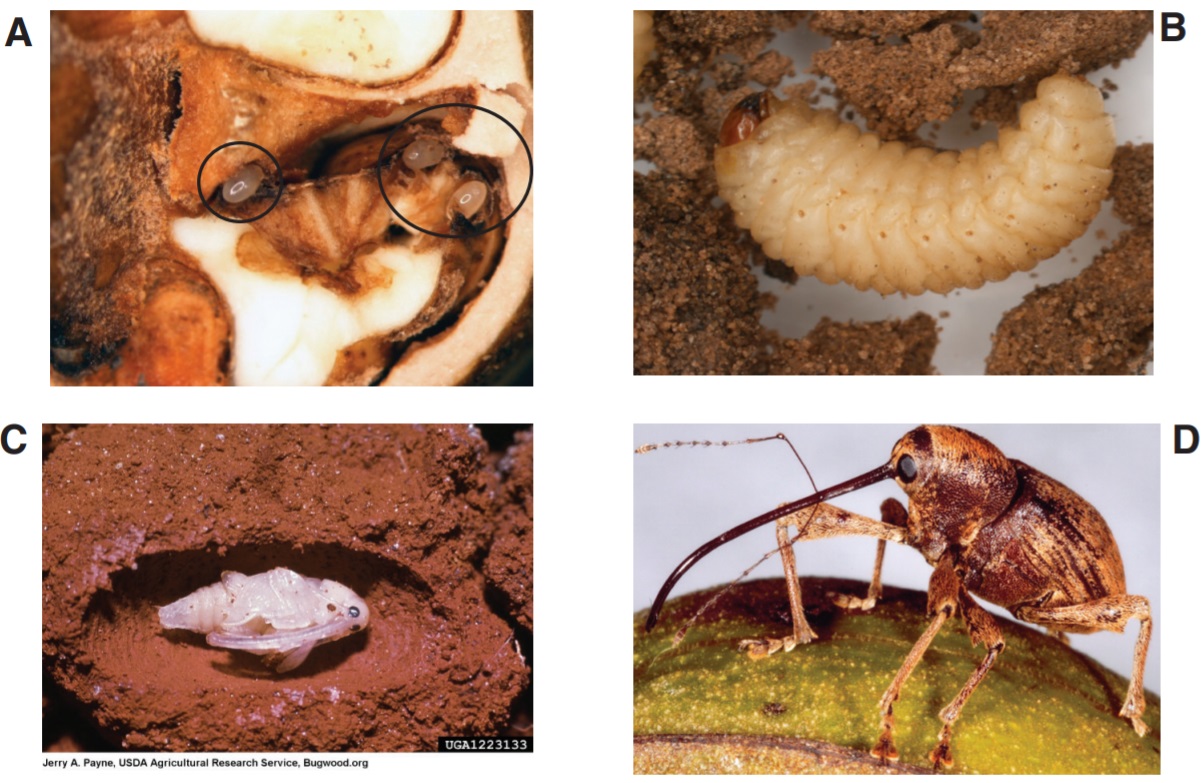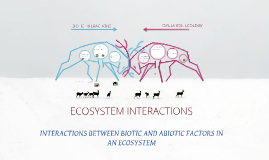


Our results suggest that geology and historical environment have contributed to shaping the present genetic structure of C.

The phylogeographical patterns of the generalist and the host-specific seed predator exhibited a congruent genetic boundary in the Chugoku-Shikoku region. In contrast, no significant genetic differentiation of the weevil was observed among vegetation types of their utilized host plant species. An analysis of molecular variance revealed that a large proportion (almost 50%, P < 0.001) of the total genetic variance could be explained by differences between two geographical regions, the southwestern and northeastern parts of the main islands of Japan. sikkimensis from 11 plant species of three genera, Quercus, Lithocarpus, and Castanopsis. We examined 921 bp of mitochondrial DNA for 115 individuals collected from 33 populations of C. hilgendorfi, inhabiting only evergreen forests. Its genetic structure was compared to that of another host-specific seed predator, C. We investigated the phylogeographical patterns of the weevil Curculio sikkimensis (Curculionidae), a generalist seed predator of Fagaceae plants living in both deciduous oak and evergreen forests of Japan. Climatic changes during glacial periods have had a major influence on the recent evolutionary history of living organisms, even in temperate forests on islands, where the land was not covered with ice sheets.


 0 kommentar(er)
0 kommentar(er)
